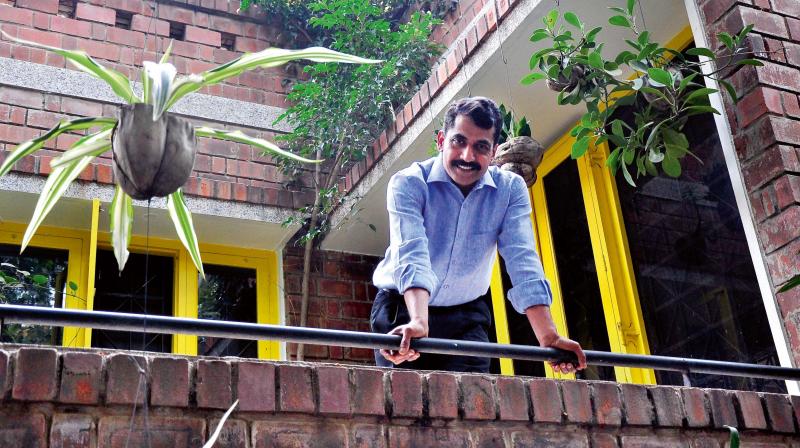
Rainwater Harvesting Is The Need Of The Hour; Know About It
10 March 2017 6:25 AM GMT
Though it should have been an outcome of our initiatives and self-motivation, it came as an enforcement in Bengaluru. The green initiative of having rainwater harvesting (RWH) systems in properties with specific measurements has been regularised since June 2016. Furthermore, non-compliance leads to a penalty.
Bengaluru’s population is rapidly increasing, and it is estimated to be around 12 million by 2025. A considerable amount of water is extracted from groundwater resources to support the drinking water needs of the city. Consequently, there has been a large-scale decline in the groundwater level; the quality of the water has also been affected. The situation worsens in summer.
This calls for urgent action in sustaining these groundwater resources through artificial recharge as RWH.
How to resolve the battle with (and due to) water
The battle with water has led to many battles due to water. The recent one is from Bengaluru itself: the Cauvery water dispute. AR Shivakumar, Principal Investigator of the RWH project with the Karnataka State Council for Science and Technology (KSCST) is of the view that we need to respect water to avert ourselves from a crisis. “Rainwater is the purest form of water. I believe it is important to catch and harness rainwater. We must not depend on a single river for all our needs. Though Cauvery can meet 50% of our water needs, we must invest in water harvesting and means to recharge the used-up ground water, apart from building a mechanism to use sewage water,” he said.
Shivkumar practices what he preaches and thus stays in a house that runs completely on rainwater and solar power. He emphasised, “We use rainwater for everything. I was always worried about water shortages and began looking for solutions. I found the answer in nature.” A helpdesk runs under his guidance at KSCST to provide knowledge to people who are interested in RWH.
Government’s positive steps
The first major step was taken by Bruhat Bengaluru Mahanagara Palike (BBMP) in 2009 with the Bangalore Water Supply and Sewage (Amendment) Act which states: “Obligation to provide rainwater harvesting structure: Within nine months from the date of commencement of the Bangalore Water Supply and Sewerage (Amendment) Act, 2009, every owner or occupier of a building having a sital area of 2400 square feet and above or every owner who proposes to construct a building on a sital area of 1200 square feet and above shall provide for rainwater harvesting structures in such manner, with such conditions as may be provided in the regulations failing which the Board may cause such rainwater harvesting structures and recover the cost from the owner or occupier.”
To create awareness among the public regarding RWH, Sir. M. Vishweshwarayya Rain Water Harvesting Theme Park was built. In this park, 26 different types of RWH models are demonstrated along with water conservation tips. It is open to students as well as the general public. Different methods of RWH can also be read and understood on BWSSB’s site.
Specifics about the penalty started in June 2016
Any property present on the 800-square kilometre area of BBMP will be attracting a certain penalty if they do not have RWH structures. Properties measuring 60×40 sqft and 30×40 sqft (constructed after 2009) are supposed to adopt RWH systems. The penalty is different for domestic and non-domestic connections. According to the BWSSB Engineer-in-chief (Additional), the violators with a domestic connection would pay an additional 25% on the water bill for the first three months and the amount of fine doubles from the fourth month onwards; the penalty is 50% for non-domestic connections.
However, S Vishwanath, who aided BWSSB in drafting the RWH policy, expressed his doubts towards the guidelines. According to him, “The main issue is that there is no incentive to harvest rainwater. BWSSB provides highly subsidised water while the capital cost of RWH is high.” Also, he believes that the outskirts should get the attention rather than the core city which is currently in focus. The reason behind this is the low underground water level in the outskirts in comparison to the core city.
We must take responsibility
The 2015 UN report states that the world could suffer a 40% shortfall in water in just 15 years unless countries dramatically change their use of the resource. It also warns that if current usage trends don’t change, the world will have only 60% of the water it needs in 2030. So, irrespective of our liability to pay the penalty to BBMP, we shouldn’t wait for any punishment to take a green initiative. We must aim for sustainable water management through different RWH methods to resolve the water crisis.
 All section
All section















